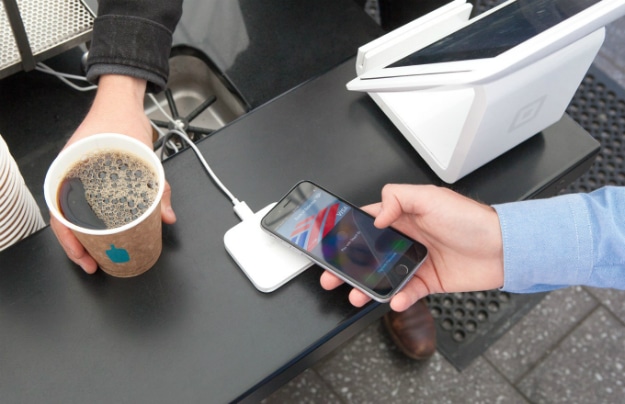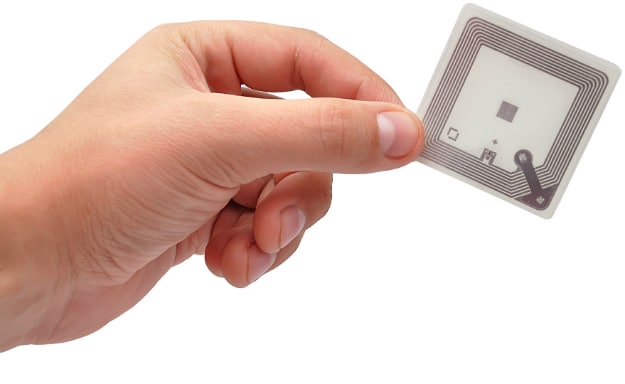While many of us believe that some high-tech type of magic casts a mysterious spell every time we use a tap-and-go service such as Amiibo, Google Wallet and Apple Pay, the functionality behind these services is actually much simpler. Put in layman’s terms without any confusing jargon, the process involves a method of transferring wireless data without an internet connection between technology that is in close proximity with each other and this is known as Near Field Communication (NFC).
NFC is now a common household feature but what can you do with it and is it safe to use?
First of all, one of the defining features of NFC is how fast it works and in a modern world where everyone is always demanding quicker and easier-to-master technology. It meets the demands of a modern lifestyle. Its ability to work automatically is another appealing characteristic. There are various ways NFC is being used, from making credit card payments to enabling easy access to Wi-Fi signals.
Wi-Fi Code Tag
The Wi-Fi code tag offered through NFC is ideal for homeowners who protect their Wi-Fi with the use of a password but who get irritated with the continual requests from visitors for the login details. This code tag gives users access to the details without having to battle through the password protection process, saving time and hassle for the visitor, and host alike.
Bluetooth Pairing
Pairing NFC with Bluetooth devices is an effective way to save time and it can work anywhere from the car to your home. Adding a tag close to the dashboard will enable Bluetooth for a headset and an NFC tag can be placed on a portable Bluetooth keyboard that only needs to be tapped once to enable it and again to disable it. Simple methods such as this makes it easy for users to avoid missing calls and still stay safe and road legal.
IMAGE: WIKIPEDIA
Payments
One of the most popular ways to use NFC is through payment systems such as contactless cards, which were first introduced in 2007. They are used when purchases below a set amount are made in shops such as supermarkets and they are a simple way to save time for both shoppers and retailers.
Modern mobile phones are NFC compatible and as such, they can be used to make payments for goods and services on platforms such as Apple Pay and Google Wallet. Phones with this feature can interact with contactless readers in-store and for security reasons, users will only be able to make a payment when their finger is accepted through the biometric scanner when a transaction takes place in order to confirm their identity.
Security
Douglas Crawford, from BestVPN.com had the following to say: “There are two basic issues relating to the growing use of cashless payments – security and privacy. As has been proved time and time again, if anything exists on a computer then it can be hacked“.
As such, NFC payments do pose some security risks, as they can be easily swiped but in a bid to reduce the risk involved; payments are limited to a low amount and a PIN will be required every five or six times that the card is used. There is also a risk that could leave users open to unwanted people connecting to their Wi-Fi, so while NFC is a fantastic addition to modern technology; it isn’t without its risks.
With NFC technology continually added in more shops, and new devices look set to cater to it it’s much like other elements of cyber security: It is up to individuals to protect themselves to enjoy the many benefits NFC offers.


COMMENTS